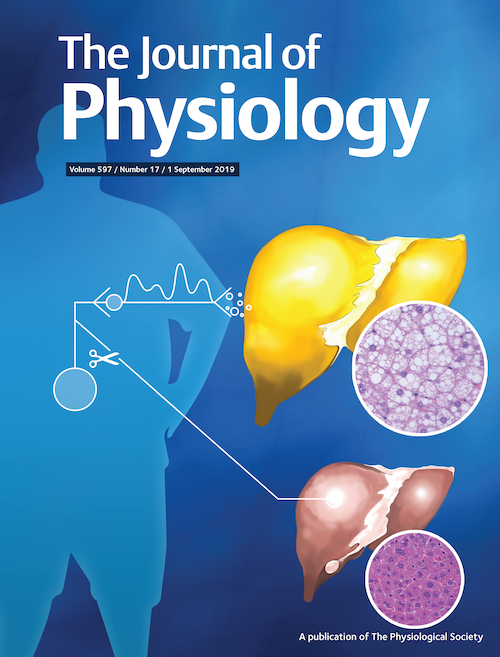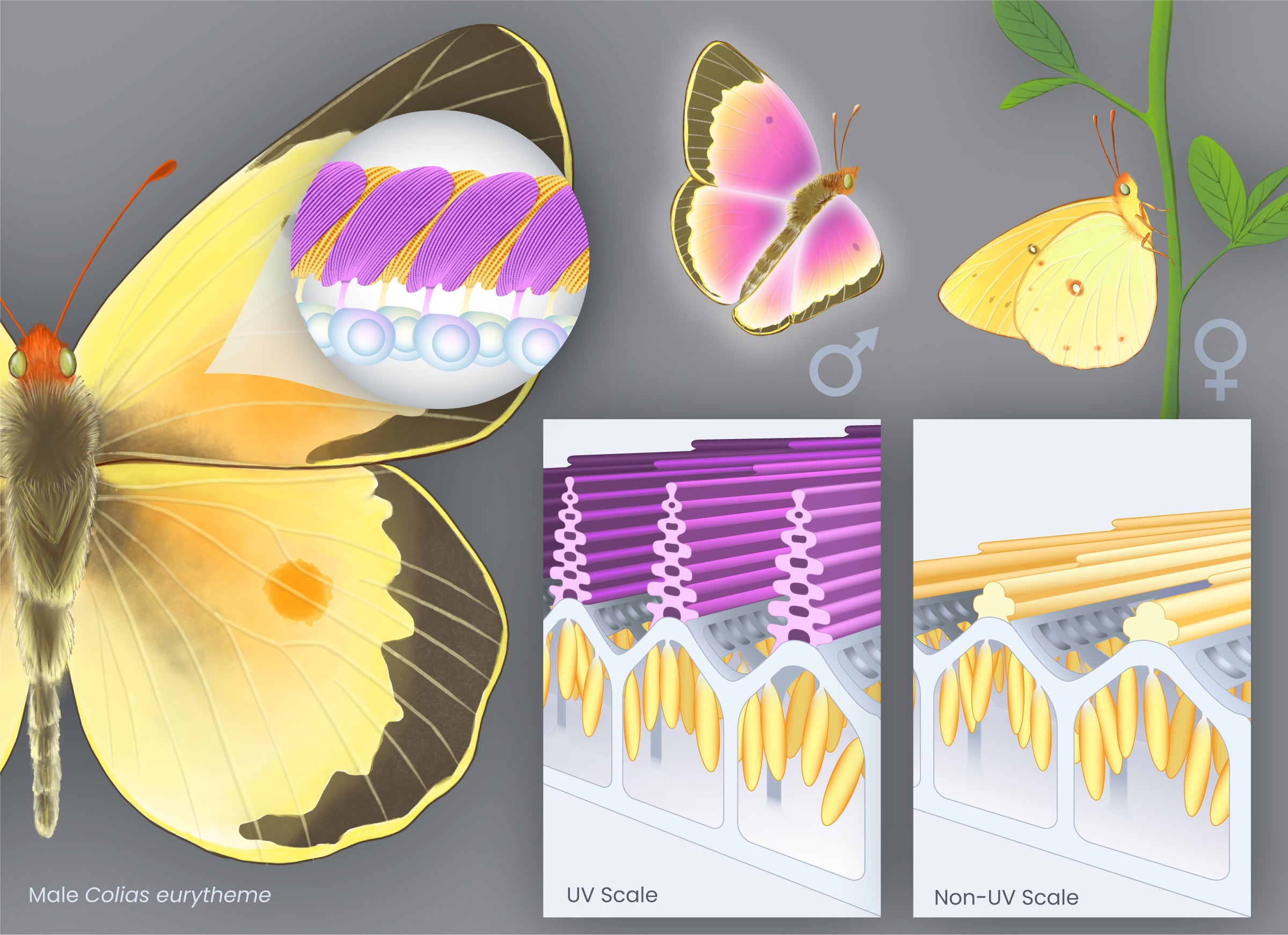Federal Research Updates: Please see Federal Research Updates 2025 for the latest updates on executive orders and policies impacting federally funded research.
Communicating GW Research & Scholarship
Communicating broadly about your research and original scholarship boosts the impact and reach of your work while also enhancing the reputation of your school and the university. Promoting your research makes it easier for others to find and cite your work, to reach potential funders or collaborators, and to inform the public debate.
GW’s Office of Communications and Marketing helps GW scholars share their discoveries and work with various audiences through news coverage, university web stories, videos, Op-Eds, graphics or illustration support, engagement with policymakers, events, and more.
There is no one-size-fits-all approach to promoting your research. Depending on your news or needs, we will assess it together and determine how best to support you. The main recommendation is to reach out early. Strategic communications planning is most effective with advanced notice.
Below are some resources and tips to help you get started.
Promoting Your Research in the Media
When appropriate, GW Media Relations and Research Communications can work with you to share your scholarship and expertise with the world through media engagement. Support may include press material development and distribution, media training and interview preparation, interview scheduling or logistical support.
The team evaluates requests for media promotion of research papers, projects and other scholarly activities and provides recommendations on a promotional strategy based on certain criteria. We may also send your request to the communications lead at your school or unit for promotion on the website or to GW Today editors for consideration as a university story.
Below are a few ways we can work with you.
Promoting your Peer-Reviewed Paper
Communicating your discoveries and novel findings through the media is a great way to elevate the visibility of your work with diverse audiences. One of the best opportunities for this is when you are publishing a paper in a peer-reviewed journal.
GW Media Relations and Research Communications use certain criteria to evaluate requests for media relations support in promoting research papers, such as:
- Is the research discovery or finding newsworthy, timely or on a hot topic?
- Would a non-expert (e.g. a policymaker, industry leader, member of the general public) find the results relevant or interesting?
- Are the findings surprising or novel?
- Is the paper being published in a well-respected, high-impact journal?
- Has the paper already been published, either in a journal or as a preprint?
- Are there compelling pictures or video that would be of interest to reporters?
The earlier we know about an upcoming paper, the better – ideally 3-4 weeks (or more!) before publication. For papers with newsworthy findings, the earlier notice gives us time to meet with you to learn about the paper findings, draft a press release, build a targeted list of reporters and outlets to whom we can pitch the paper under embargo, and, if appropriate, coordinate and/or confirm a publication date with the journal.
Have a paper you feel could be of interest to broader audiences? Tell us about it!
Submit a Request for Media Relations Support
Writing an Op-Ed
As an expert in your field, you have the potential to shape the conversation around important issues of the day. One effective way of doing this is through Op-Eds and other first-person commentaries that reach diverse audiences within and beyond the academic community. Sharing your unique insights and thought leadership through an Op-Ed is often a great way to both draw attention to your research and work while also helping policymakers, industry leaders, scholars and the broader public more deeply understand a particular issue.
GW’s Office of Communications and Marketing can support you in your Op-Ed journey, from understanding what makes a good Op-Ed to helping you think through your key message(s), target audience(s) and which outlets to target for placement.
To begin, contact the Director of Research Communications Kathleen Garrigan at kgarrigan gwu [dot] edu (kgarrigan[at]gwu[dot]edu) and/or reach out to GW Media Relations at gwmedia
gwu [dot] edu (kgarrigan[at]gwu[dot]edu) and/or reach out to GW Media Relations at gwmedia gwu [dot] edu (gwmedia[at]gwu[dot]edu).
gwu [dot] edu (gwmedia[at]gwu[dot]edu).
Media Training and Interview Preparation
GW Media Relations offers a monthly virtual media training session open to all GW faculty and staff, as well as one-on-one training and interview preparation. In addition, the team is always looking to build out its bench of GW experts who are able to respond to media inquiries on certain topics.
To learn more about GW Media Relations, visit mediarelations.gwu.edu. To talk with a media relations specialist, contact gwmedia gwu [dot] edu (gwmedia[at]gwu[dot]edu).
gwu [dot] edu (gwmedia[at]gwu[dot]edu).
Research Illustrations
Images and graphics can enhance an audience’s understanding of information, attract attention on a page, and can serve as artwork for magazines, journals, news outlets, and funding proposals. The Office of the Vice Provost for Research (OVPR) and the Office of Communications and Marketing support the creation of illustrations based on specific criteria.
Criteria
Requests must be submitted with sufficient lead time to create art.
-
This is typically a minimum of five full weeks prior to deadline, i.e. submission of a manuscript to a journal (for consideration as cover art) or public release of information.
Preference is given to submissions based on the following:
- The manuscript will be submitted to a highly prestigious or widely read journal (e.g., Nature, Science, The Lancet, PNAS).
- Mainstream media coverage is likely; i.e. the topic area or discovery is highly influential and/or of interest to a broad audience, and likely to have a large impact on the scientific community or on society.
- Audiences would greatly benefit from visual representation or graphics that help tell the story.
- The GW author has been invited by the journal to submit an illustration to be considered for the journal cover, with a high likelihood of acceptance.
- The project is highly interdisciplinary.
- The GW author or principal investigator is a full-time regular university faculty member.
Support
Depending on how well the request matches the program’s criteria, as well as the size and scope of the project, support from OVPR and GW Communications and Marketing may include:
- cost-sharing or full reimbursement of design fees;
- consultation with the principal investigator (PI) to help translate the message into a visual format and provide initial design direction;
- project management;
- feedback on draft illustrations; and
- strategic referrals to other university resources (videography, photography, media relations, etc.)
Process
Applications are accepted and reviewed by OVPR and GW Communications and Marketing on a rolling basis. An initial meeting is generally scheduled to discuss the submission and to clarify project goals. Upon approval, the communications team will work closely with the researcher to develop an initial concept, facilitate the interaction with the graphic designer or artist, and coordinate any additional resources as necessary. Artwork will be finalized with approvals from the researcher and the communications team.
Submit a Request for Research Illustration Support
Example illustration submitted for journal cover.
Example research illustration.
Research Presentation Template
GW Communications and Marketing has created a slide deck template that provides a high-level overview of GW's research enterprise. It highlights our growth as a global research institution, some of our world-class research facilities located in the heart of Washington, D.C., the breadth and diversity of our research programs, our innovation impact, and how we facilitate and celebrate student research. The GW community is invited to download the slide deck and adapt it as appropriate for their needs.
Download the PowerPoint Template
GW Media Policy
Review the university’s policy for engagement with media.



